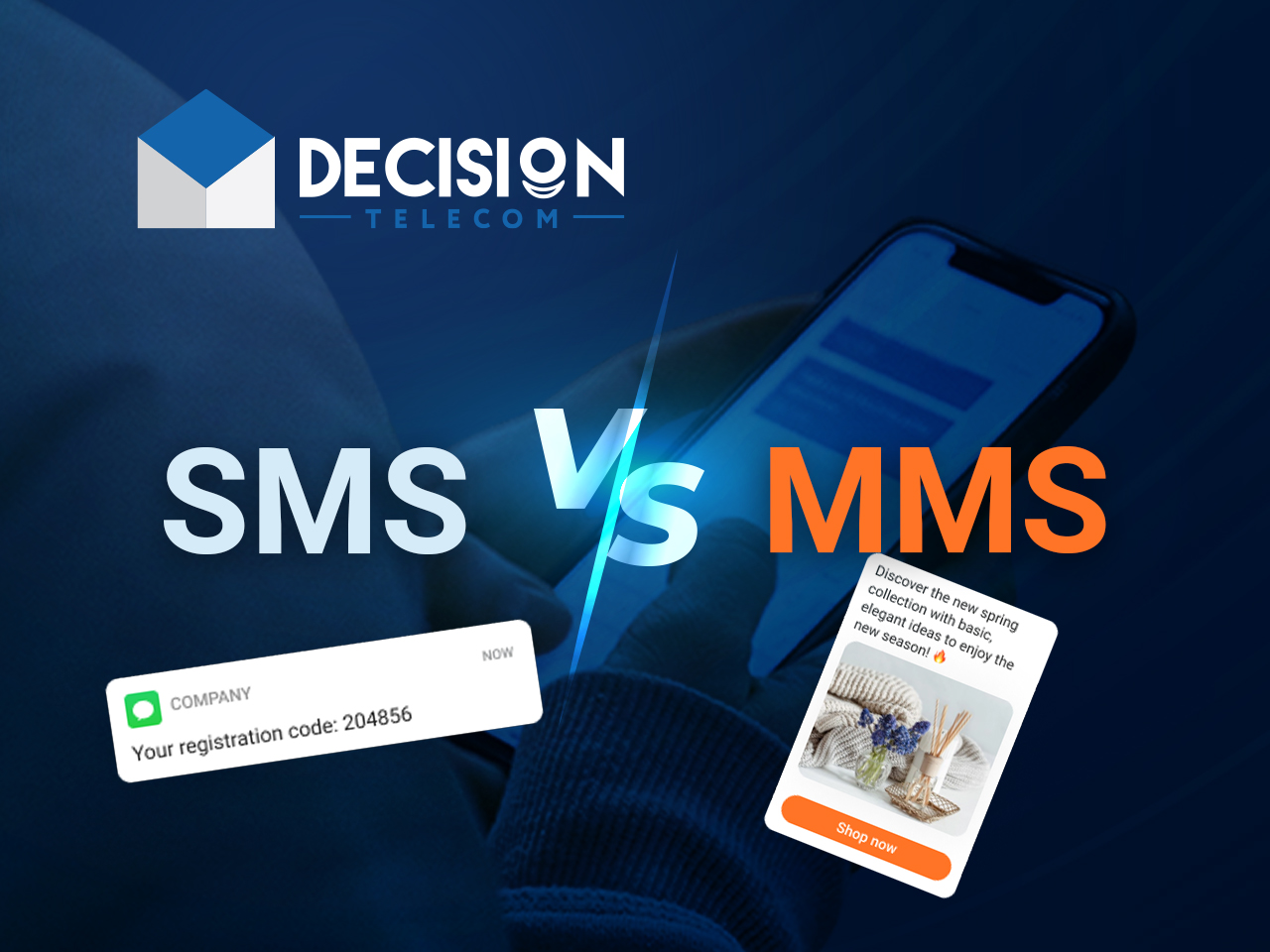MMS videos have transformed the way we communicate and share moments in our digital age. They are a unique blend of multimedia messaging that allows users to send videos, images, and audio clips directly to one another via mobile devices. This form of digital communication began gaining popularity in the early 2000s, coinciding with the rapid advancement of mobile phone technology. As smartphones evolved, so did the capability and popularity of MMS videos, turning them into a staple in our daily interactions.
Today, the term “MMS” stands for Multimedia Messaging Service, and it represents an evolution in how we express ourselves. Unlike traditional SMS messages, which are limited to text, MMS allows users to share vivid experiences through short videos and images, making communication more engaging and expressive. The rise of social media platforms and instant messaging apps has further propelled the use of MMS videos, as users seek to capture and share life's fleeting moments instantly.
In an era dominated by visual content, MMS videos play a crucial role in connecting people across distances. They serve not only as a means of communication but also as a way to share stories, evoke emotions, and create memories that can be revisited. This article delves into the intriguing world of MMS videos, exploring their history, significance, and the impact they have on our daily lives.
What Are MMS Videos and How Do They Work?
MMS videos are essentially short video files sent through the multimedia messaging service. The process typically involves the following steps:
- Users create or select a video from their device.
- The video is uploaded to the messaging app or service.
- The user selects a recipient and sends the video.
- The recipient receives a notification and can view the video on their device.
This simple yet effective method of sharing multimedia has revolutionized how we connect with one another.
How Did MMS Videos Evolve Over Time?
The evolution of MMS videos can be traced back to the early 2000s, when mobile phones began to incorporate camera capabilities. Initially, the quality of these videos was low, and they were often limited in duration. However, with advancements in technology, the quality of MMS videos improved significantly. The introduction of 3G and subsequent technologies allowed users to send larger files at faster speeds, making the sharing of videos more seamless and enjoyable.
What Are the Key Features of MMS Videos?
MMS videos come with several features that distinguish them from other forms of messaging:
- Multimedia Content: Unlike standard text messages, MMS allows for a combination of videos, images, and audio.
- Instant Sharing: Users can share moments in real-time, enhancing communication.
- High Engagement: Videos tend to capture attention more effectively than text.
- Accessibility: Most smartphones support MMS, making it widely accessible.
How Do MMS Videos Affect Personal Relationships?
In our increasingly digital world, MMS videos have a profound impact on personal relationships. They allow for more authentic and engaging communication, enabling users to share experiences and emotions in ways that text alone cannot convey. Whether it’s sending a quick video message to a loved one or sharing highlights from special events, MMS videos foster deeper connections.
Can MMS Videos Be Used for Business Communication?
Absolutely! Businesses can leverage MMS videos for marketing and customer engagement. Here are some ways businesses utilize MMS videos:
- Product Demonstrations: Companies can send videos showcasing product features.
- Event Promotions: Short clips can be used to promote upcoming events.
- Customer Testimonials: Sharing customer experiences through video can enhance credibility.
- Personalized Messages: Businesses can send personalized video messages to clients to strengthen relationships.
What Challenges Do MMS Videos Face?
Despite their many benefits, MMS videos also face several challenges:
- Data Costs: Sending and receiving MMS messages can incur data charges, especially for users on limited plans.
- Compatibility Issues: Not all devices or networks support MMS, which can lead to delivery failures.
- File Size Limitations: Many carriers impose limits on file sizes, which can restrict the quality and length of videos.
Are MMS Videos Safe to Share?
When it comes to sharing MMS videos, safety is a significant concern. Users should be cautious about the content they share and with whom they share it. Here are some tips to ensure safe MMS sharing:
- Be Selective: Only share videos with trusted contacts.
- Privacy Settings: Use privacy settings on social media platforms to control who sees your content.
- Think Before You Share: Consider the potential consequences of sharing personal videos.
Conclusion: The Future of MMS Videos
MMS videos have undoubtedly changed the landscape of how we communicate. They provide a dynamic way to share experiences and emotions, bridging the gap between distance and time. As technology continues to advance, we can expect MMS videos to evolve further, becoming even more integrated into our daily communications. Whether for personal use or business purposes, the impact of MMS videos will remain significant as we navigate an increasingly digital world.

/what-is-sms-mms-iphone-2000247-Final-5c38a50846e0fb0001673a66.png)

